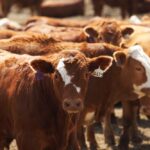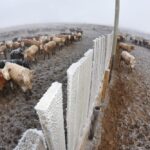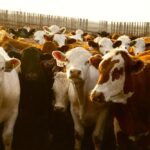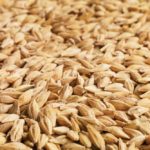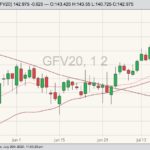Compared to last week, western Canadian feeder cattle markets traded $2-$5 lower on average; calves under 650 lbs. appeared to trade $3-$8 lower with significant pressure on the weight category between 550 and 650 lbs. Moderate demand surfaced on quality yearlings but major operations appeared to back away from the cattle in the heavier weight […] Read more
1.


